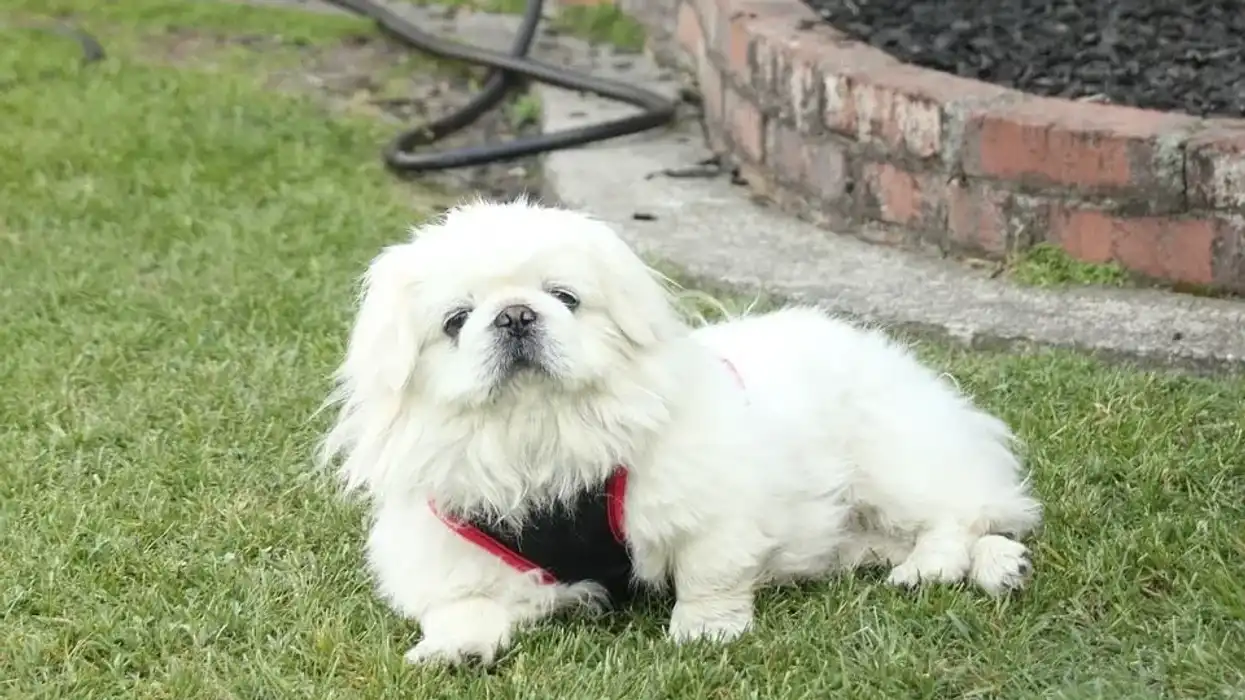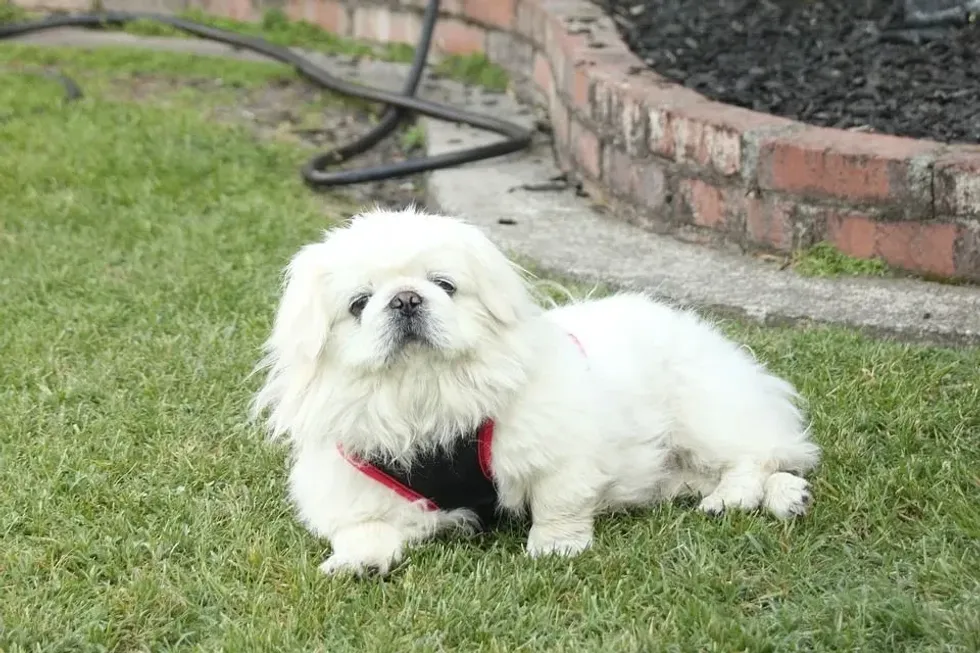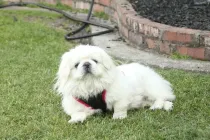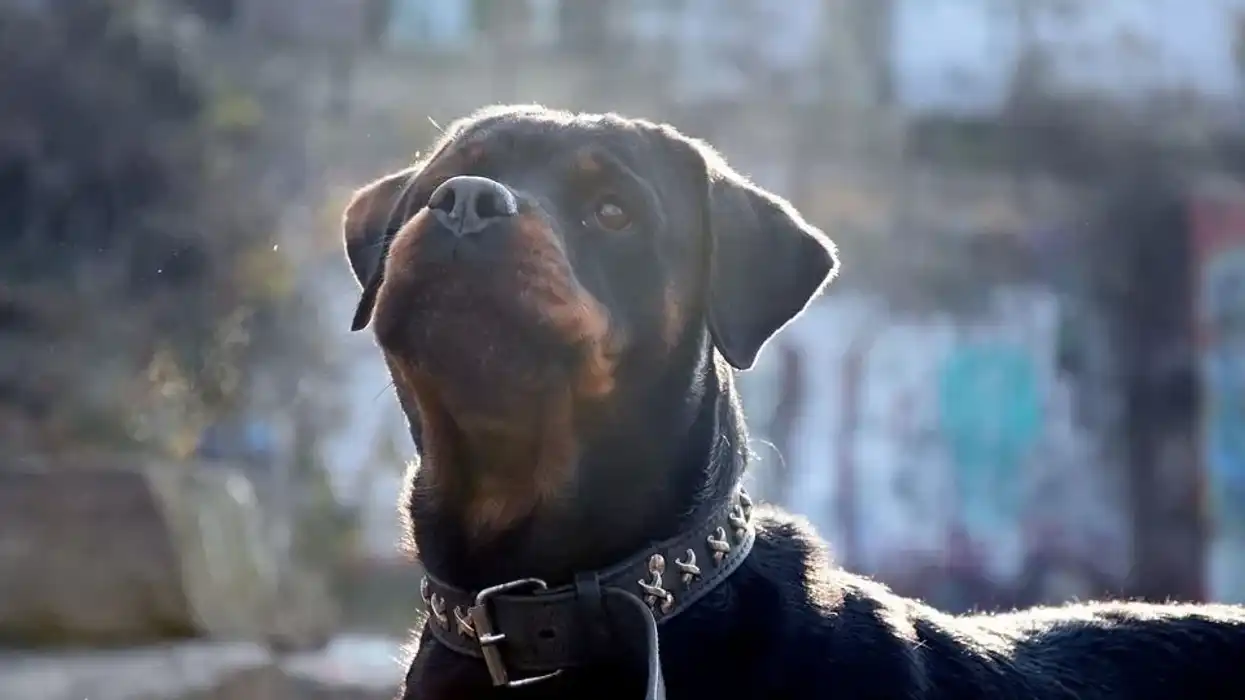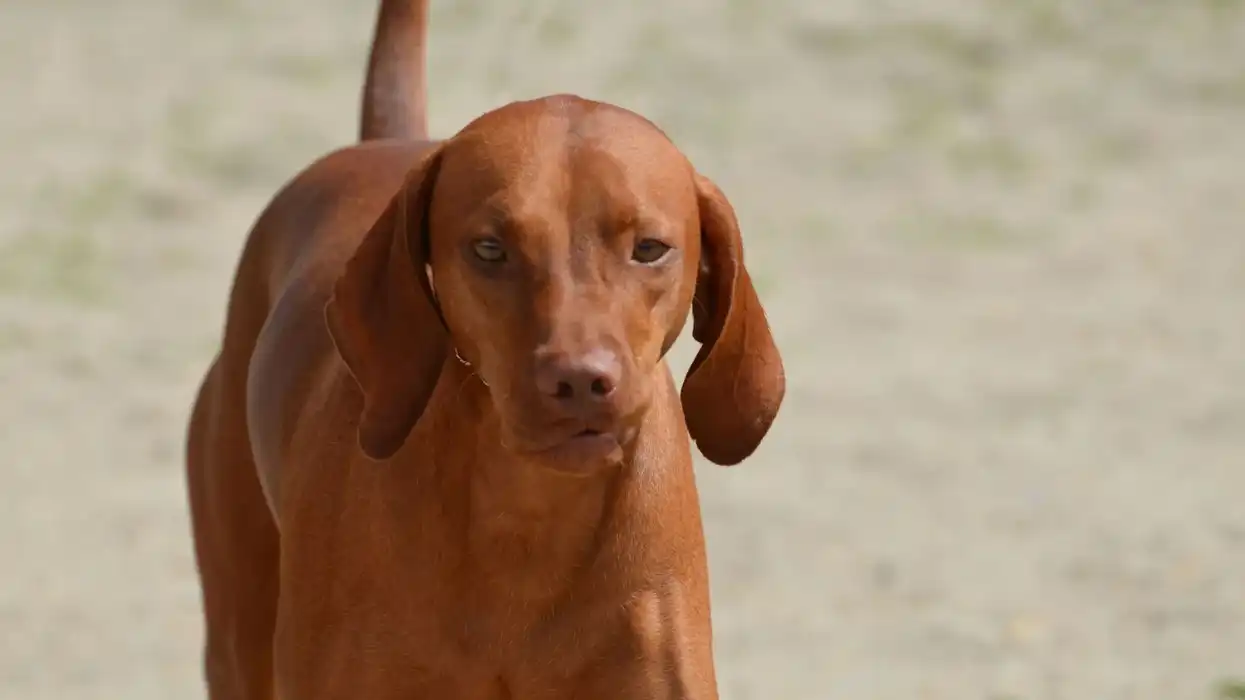Sleeve Pekingese dog breed originated in China and was a reputed breed owing to its fierce loyalty and proud nature, for which it was also called a lion dog breed.
The name sleeve Pekingese comes from the fact that these dogs could be hidden within the sleeves of the clothes that people would wear at that time.
The Pekingese dog breed is an extremely friendly one, and would be a welcome addition to many family homes, regardless of the fact that Pekingese sheds a substantial amount of hair and requires a lot of care and maintenance on a regular basis.
They are typically bred to withstand cold temperatures, where their double-coated fur keeps them warm.
However, you can even choose to trim their fur a bit (or remove it completely) as it may make it easier for them to cope with warmer temperatures.
They can be a little tough to train, but the effort is always worth it, as they are very admirable companion dogs. Your family environment can make for a wonderful sleeve Pekingese habitat!
Keep on reading to learn more fun facts about sleeve Pekingese's life and more.
Sleeve Pekingese Interesting Facts
What type of animal is a sleeve Pekingese?
Sleeve Pekingese is a type of dog belonging to the genus of Canis lupus.
What class of animal does a sleeve Pekingese belong to?
It belongs to Mammalian class of Animalia kingdom. It is a member of Canidae family and Canis genus, like every other dog.
How many sleeve Pekingese are there in the world?
Given that this is a popular dog breed, both for families as well as for training for dog shows, we do not know exactly how many sleeve Pekingese dogs are living across the world.
Where does a sleeve Pekingese live?
Sleeve Pekingese usually live with their human families. Given their reputation as toy dogs, they make very good pets and are very comfortable to live with.
What is a sleeve Pekingese's habitat?
Pekingese dog breed can adjust to various living climates and does not have any preferred habitat in particular.
Who do sleeve Pekingeses live with?
Sleeve Pekingese dogs live with their human families. This includes children as well as any other pets that the family may have. Sleeve Pekingese dogs are very friendly and make for amazing pets.
How long does a sleeve Pekingese live?
Sleeve Pekingese dogs live usually as much as other dogs, around 12-14 years.
How do they reproduce?
Sleeve Pekingese dogs reproduce much like other dogs, through sexual reproduction. The time it usually takes for sleeve Pekingese dogs to gestate is around 40-60 days.
What is their conservation status?
As there are plenty of sleeve Pekingese being bred according to the American Kennel Club, they are not in any kind of danger as animals. They are Not Evaluated under the IUCN (International Union for Conservation of Nature) Red List.
Sleeve Pekingese Fun Facts
What do sleeve Pekingese look like?
When you look at a sleeve Pekingese, you will see that they are a small dog breed. But don't let that dissuade you from them. After all, they are called lion dogs, and as such command a lot of respect among the community of dog lovers.
They have small noses like pugs, and have ears that fall by the side like beagles. They have a special 'rolling' gait which makes them exceptionally cute.
Small Pekingese come in a variety of fur coat colors, including various combinations of red, white, fawn, and black. Any color looks cute on these miniature Pekingese. Their fur is double-coated and is super fluffy as well.

How cute are they?
Small Pekingese are really adorable, with double-coated fur and small feet which they use to walk with a shuffling gait. This shuffling gait is what makes them extremely popular at dog shows, where they are one of the most awarded dogs, winning as many as five awards.
While their fur coats have many colors, including red, black, white, and fawn, all sleeve Pekingese have a black mask around their eyes as well as a black nose and mouth.
How do they communicate?
Sleeve Pekingese puppies and adult dogs communicate in the same way any other dog breed would. They bark, growl, grunt, and whimper. With proper training, you can understand all of their communication and can also communicate with them in a manner that they understand.
How big is a sleeve Pekingese?
A typical sleeve Pekingese is around 6-9 in (15-23 cm) tall, around the same size as a chihuahua, but they are significantly heavier in comparison to other popular toy dog breeds. For reference, an average chihuahua weighs 2-6 lb (1-3 kg), while a sleeve Pekingese dog of the same size will weigh between 6-14 lb (3.5-6 kg).
That's double the weight of a chihuahua.
How fast can a sleeve Pekingese run?
Being a rather small-sized dog, even a sleeve Pekingese with perfect health can only run at a maximum speed of 15-20 mph (24-32 kph).
How much does a sleeve Pekingese weigh?
An average-sized sleeve Pekingese will weigh under 6 lb (2.7 kg). When the size of a sleeve Pekingese dog is between 6-14 lb (3.5-6 kg), it is called a mini Pekingese dog.
What are the male and female names of the species?
The male of this species is called a dog and the female of the species is called a bitch.
What would you call a baby sleeve Pekingese?
A baby sleeve Pekingese doesn't have a unique name all for itself. You would refer to a baby sleeve Pekingese as a Pekingese puppy. They look extremely adorable and would get along with other pets exceptionally well, if trained from early on.
What do they eat?
Since sleeve Pekingese are relatively small in size, they need only about half a cup of dog food twice each day. This should cover all of their nutrient needs and give them enough energy to go on small walks.
Are they slobbery?
Sleeve Pekingese don't naturally drool a lot, unlike other dog breeds. Often, the larger dog breeds are slobbery owing to their facial structure and how their nose connects with their mouths. In fact, sleeve Pekingese are known as a lion dog breed and for good reason.
Would they make a good pet?
Sleeve Pekingese are extremely friendly to be around and can make for wonderful companion dogs. They behave well if trained properly and do not cause any mischief.
In fact, they are called toy dogs precisely because they are as cuddly as toys. Although they can sometimes get into a habit of rough play if they are not accustomed to the environment in which they are in, that's usually just a temporary matter and can get improved as soon as they get used to where they are.
Did you know...
Sleeve Pekingese are specific dogs of Pekingese dog breed that are much smaller in size, and for this reason, they are one of the most popular dog breeds in China. They were one of the earliest dogs to be domesticated, as early as around 2000 years ago. They still continue to be in extremely high demand today.
Their name originates from the Peking area of China, and there are even statues that celebrate the wonderful sleeve Pekingese as amazing guard dogs. They were so revered as dogs that it was literally a crime to harm them in any significant way or to steal them.
Some other names for sleeve Pekingese dogs include lion Dogs, Peke, and Chinese spaniel.
When compared with the rest of their bodies, their heads are disproportionate. Often, if their breeder has rushed the breeding process, there may be snouts that are shaped in such a way that causes health issues for the dog breed. Thanks to the strict instructions issued by American Kennel Club, this has drastically reduced.
Although they are small in size, they have exercise needs and may have health issues in case they don't get the required amount of movement. They are perfect dog breed for indoor environments and will not suffer from any mental health conditions without a huge yard as you might need for a much bigger dog.
Characteristics and health problems
Like all dogs, sleeve Pekingese need to be taken care of in a comprehensive manner. It is important to keep in mind that Pekingese exercise needs are not too elaborate, simply a short walk every day will serve them well and they will be mentally and physically healthy. Through this, you can avoid any other health issues as well.
Some of the common health issues for sleeve Pekingese are intervertebral disc disease, which can result in weight loss and lots of pain. They can also suffer from brachycephalic airway syndrome, a condition that makes it tough for them to breathe.
There is another rare condition that they can suffer from, called syringomyelia. This is a condition that causes an inability for spinal fluid to move through the spinal column, and this can result in some fairly painful conditions for your sleeve Pekingese dog.
You may find that they can only hold their heads up in a certain way so as to avoid pain, or even get depressed in the process. Certain parts of their neck and their shoulders may also be very sensitive to pain.
Fortunately, there are several methods to treat this condition, including surgery, physical therapy, as well as some lifestyle changes. Oftentimes, medication is also recommended depending upon the age of your sleeve Pekingese dog.
Can sleeve Pekingeses go on long walks?
Yes, sleeve Pekingese can go on long walks as they have a lot of energy. However, it is recommended that you start with shorter walks and gradually work your way up to longer walks.
Considering that sleeve Pekingese are highly prone to developing breathing problems, it is advisable to pay close attention to any health issues that they may develop.

